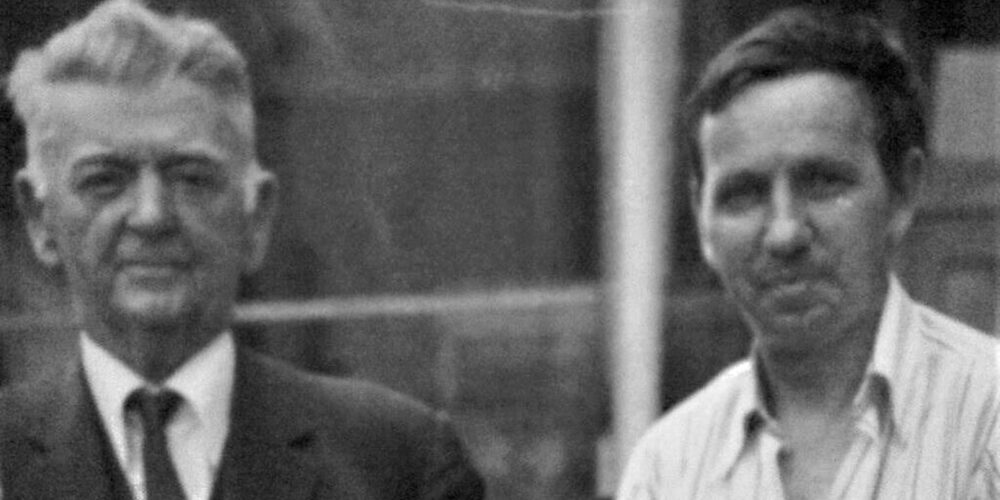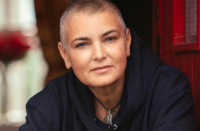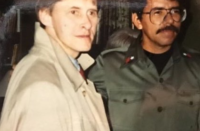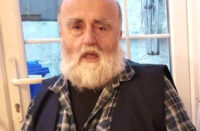Séamus Ó Riain was born into poverty on 2 September 1937 to Katherine Ryan in Dublin. When Katherine married Tom Ryan, Séamus was fostered out to a family called Corbally; unfortunately, he was to end up in Daingean children’s detention centre in Co. Offaly.
Daingean treated the children more like slaves than children, according to a commission in 2009 that inquired into child abuse at the detention centre. He remained there for about three years before he was reunited with Katherine and his stepfather at 51 Viking Road, Arbour Hill, Dublin.
Ó Riain became an accomplished photographer. His employment for a number of years was at Jerome Photography Studio, 4 Henry Street, Dublin. He created hundreds of remarkable images, which are a vital history of Republican and left-wing activity. Moreover, the photographs with his Phoenix Company in London featured Brendan Behan, the Dubliners, and Tom Barry, former commander of the Third West Cork Flying Column during the War of Independence. Tom Barry praised him in a letter dated 24 August 1977: “A hundred note of thanks for your splendid set of photos. They are the finest I have ever seen and I have unfortunately, have had hundreds taken.”
Like others of his generation, Ó Riain emigrated to London to find employment, and it was there he converted politically to Marxism when he became involved with the Irish Workers’ Group. In the late 1960s he forged links with Saor Éire, which was set up by former members of the IRA and the Irish political left.
Importantly, there’s a copy of correspondence between Ó Riain and General Georgios Grivas, the EOKA leader, in March 1964. This was five months before the outbreak of fighting, when Grivas commanded the Cypriot national guard and Greek forces in Cyprus. As the leader of EOKA, Grivas led the struggle for énosis (the union of Cyprus with Greece) against the British.
Séamus’s daughter, Hazel, said: “My father was a very secret man and would travel abroad a lot on his own when I was young, so God only knows what he was up to politically.”
He was arrested in September 1967 at Northchurch Road, Dalston, London, the charge against him that he had twenty-four rifles, two Bren machine guns, four Bren gun barrels, ammunition, and a case containing twelve magazines, expropriated from an RAF training camp in Islington. Justice R. L. Seaton, when passing sentence, said: “You had In your possession an absolute armoury of weapons which, no doubt, a little expert attention would have put into good working order.”
Little is known about the later years of his life, though while in prison his affable manner instantly put the Soviet espionage prisoners, possibly some of the Portland spy ring who were sentenced in March 1961, at ease, where they became comrades. After his release from prison he began a relationship with Mary, an O’Donovan Rossa from Castletownroche, Co. Cork. They had two children, Séamus and Hazel.
Séamus died in London after a long illness, and his funeral took place in Mount Jerome cemetery, Dublin. Family and friends escorted the coffin, led to the graveside by a piper playing a lament, to where he was laid to rest in a quiet corner of the cemetery.






